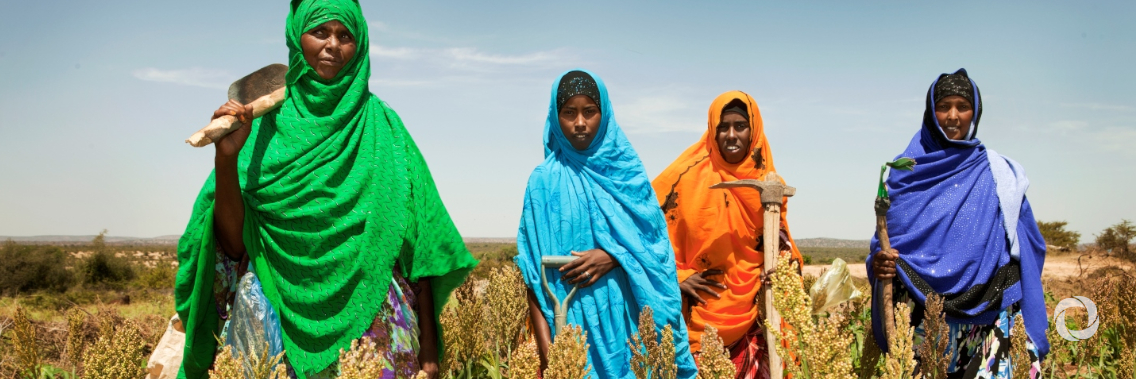The three United Nations’ Rome-based agencies dedicated to food and agriculture called for bolder action to achieve gender equality and empower women and girls in the agricultural sector and beyond.
Securing sustainable global food systems is only possible if women everywhere are empowered and their rights recognized and respected, stressed FAO, IFAD and WFP.
This y ear’s IWD – with the theme “I am Generation Equality: Realizing Women’s Rights” – is an opportunity to review global progress on gender equality and women’s empowerment in the 25 years since the Fourth World Conference on Women, identify remaining gender gaps, and outline the way forward.
“FAO will continue to play its part, in partnership with others, in strengthening gender equality, realizing women’s rights and accelerating their socio-economic empowerment. Only then will we reach our common goal: to eradicate hunger, ensure food security, eliminate all forms of malnutrition, and make this world a better place for us,” said FAO Director-General QU Dongyu.
“We know Zero Hunger will not be achieved just by giving people food. This is why our programmes work to empower women so they can be financially self-sufficient and make their own decisions. By giving women and men an equal voice and an equal say on issues affecting their families and communities we can eradicate hunger and malnutrition,” said WFP Assistant Executive Director, Manoj Juneja.
Women, especially in rural areas, are instrumental in the fight against hunger and malnutrition and in making food systems more productive and sustainable.
They grow food, reduce food losses, make diets more diverse and agricultural produce more marketable along the agri-food value chains. Yet, in many parts of the world women continue to face significant social and economic discrimination.
They often lack access to productive resources, agricultural inputs, information, finance, services, markets, social protection as well as technological and entrepreneurial know-how. In addition, many rural women are the primary caretakers in their households, which means they face heavy workloads that undermine their productive capacity and overall well-being.
FAO, IFAD and WFP know from experience that when rural women have better access to resources, services, economic opportunities and decision making, the results are palpable: communities have more food, their nutrition status improves, rural incomes increase and food systems become more efficient and sustainable.
Gender equality in the food and agriculture sectors – facts and figures:
- The agriculture sector is underperforming in many developing countries, and one reason is that women do not have the same access as men to the inputs, resources, services and opportunities that they need to be more productive.
- Women comprise nearly 50 percent of employment in agriculture in low-income countries.
- Women represent less than 15 percent of all landowners, where data is available.
- Compared to male farmers, female farmers typically manage smaller plots of land and have less access to agricultural information, financial services, and other key resources.
- More than 820 million people do not have enough food to eat, and on every continent, women are more likely than men to be affected by moderate or severe food insecurity.
- Rural women face higher risks and greater burdens from climate change impacts.
Original source: FAO
Published on 06 March 2020

